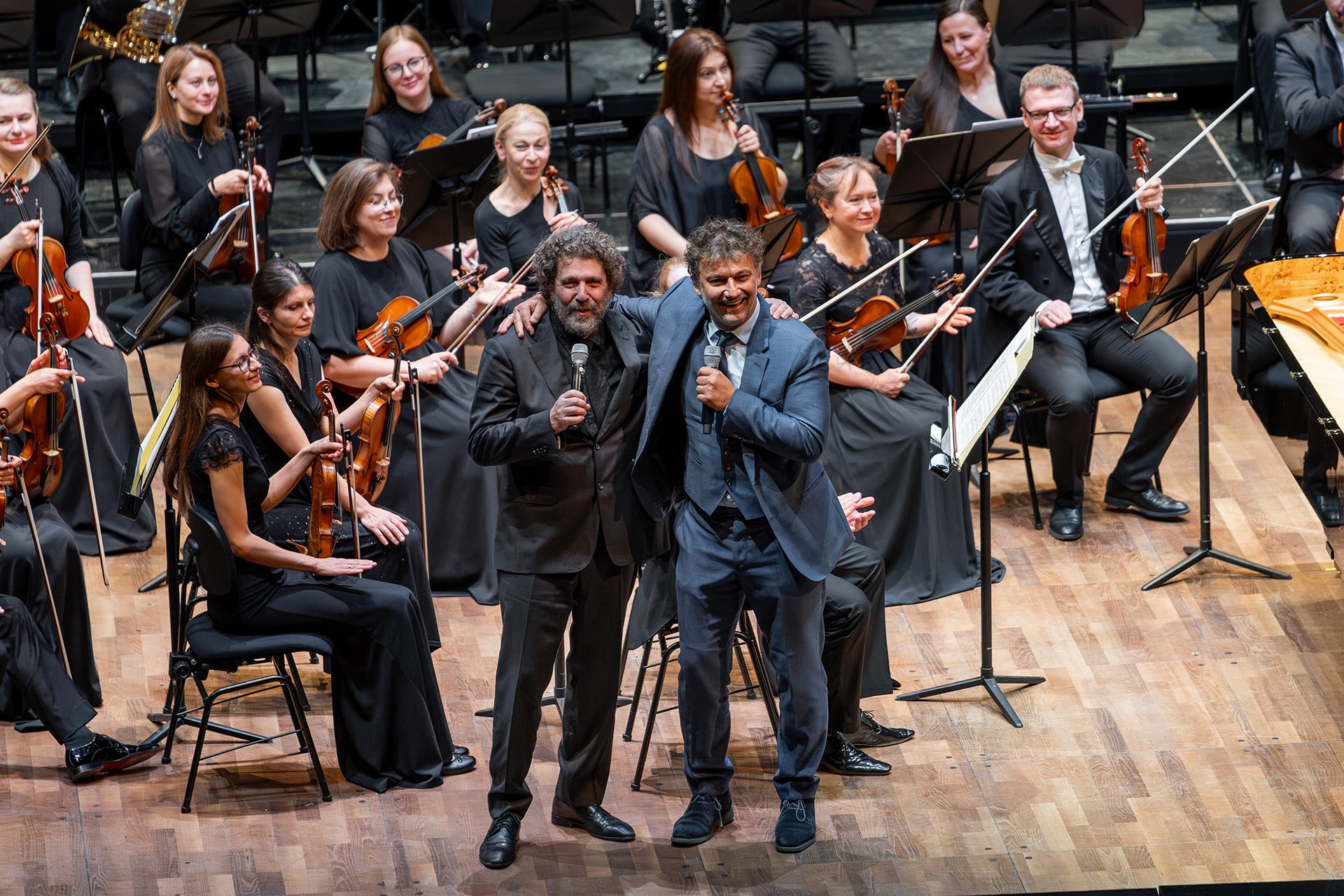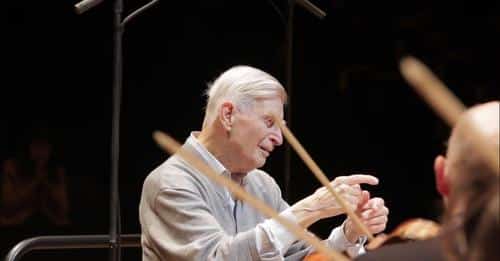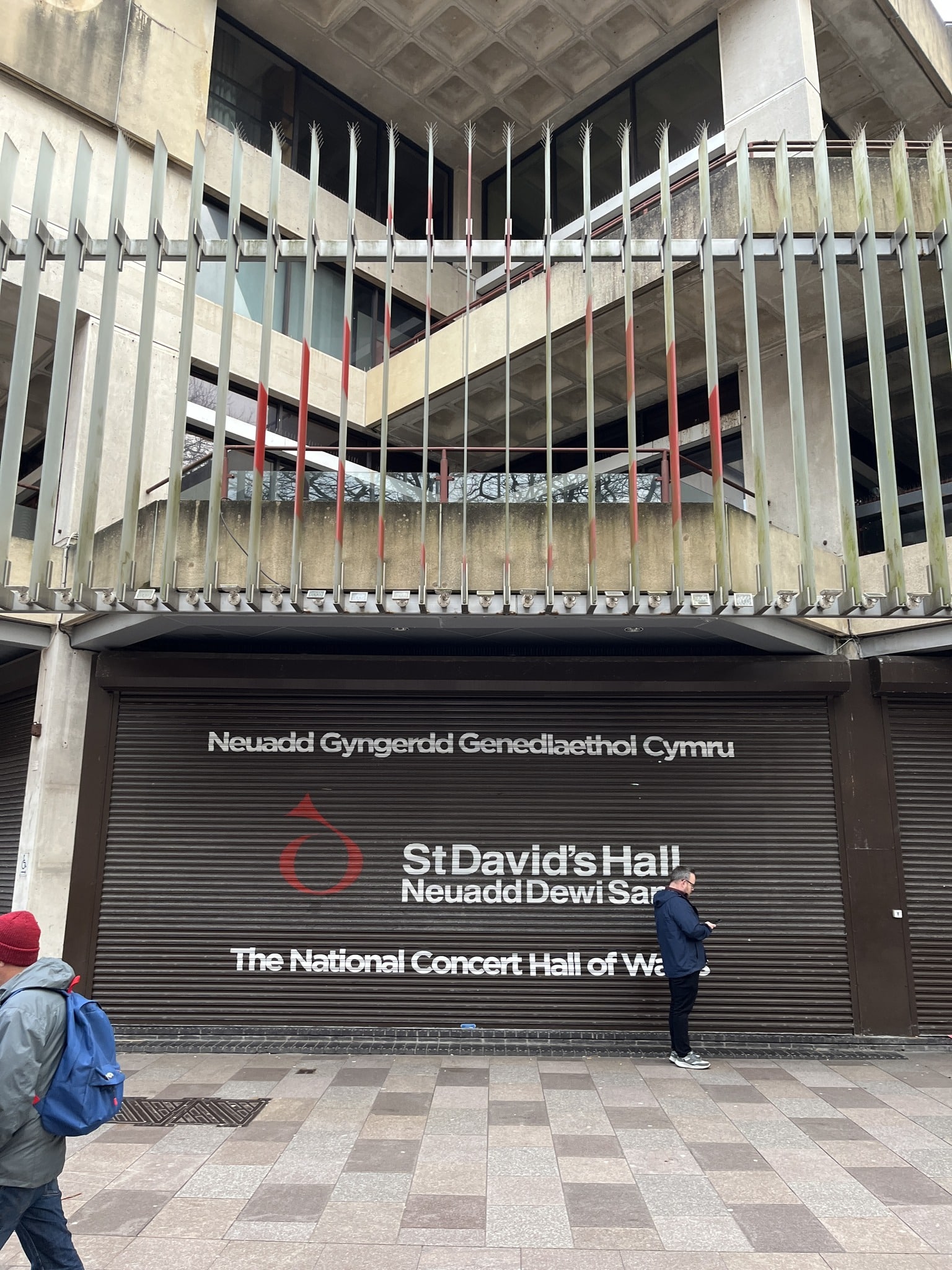Composer collects quarter of a million Euros
mainThe Ernst von Siemens foundation has announced its annual new music award.
The winner is Beat Furrer, 63, the Swiss-born Viennese composer.
Not exactly a bold choice.
The list of recent winners shows progressive befuddlement and sclerosis.






Had to prepare a piece of his some years ago.Structurless avantgarde nonsense,a series of unrelated gimmicks,the trash avantgarde stuff where a french horn has to be struck with a violin bow ,and crap like that.We laughed our asses off….
What I’ve heard has left me a bit cold but it didn’t seem structureless. It seemed very well organised infact, but I think the perspectives of performers (in the thick of it) and audience members can often be very different.
Richard Adney’s autobiography ‘Flute’ makes this point better than me. He’s often quite scathing about a performance he has taken part in , which has left the audience enraptured. Hearing on the radio later, gave him a different perspective again,
The UK list of recipient composers makes for an interesting (the letter B features in all three names) list, and varied list:
Benjamin Britten, Birtwistle and Brian Ferneyhough.
To B, to B or not to B, that is the question for music prizes.
… or just let it B.
People like Furrer think that ‘new sounds’ means: new in a literal, material sense. In general, they cannot understand that ‘newness’ can also be a psychological and aesthetic category. There is absolutely NOTHING new in terms of sound in Mozart’s music, but the personal combinations he made of what he had heard elsewhere, make all (or most) of it new, but new in a psychological and aesthetic sense. The same goes for many of the authors of the regular repertoire, and even the most ‘explorative’ composers appear, at closer look, to have borrowed quite much: Wagner, Debussy, Mahler. But it is in their handling of the material where their ‘newness’ lies. And besides, ‘new’ is not an artistic category, it is 19C and 20C romanticizing- a balloon easily punctured and what you then hear is a short sound of sonic art.
Prizes given to people like Furrer show that sonic art has entered the inner rings of convention. There is nothing, absolutely nothing, new in such art. The only factor which may justify audience and performer interest, is its intrinsic qualities, and so far I have never heard anything from the field that is as rich – in terms of artistic experience and intellectual interest – as the best of music. With ‘pure sound’ without the dimension of musical aesthetics and expression, there is not much you can do apart from trying to make the sound patterns and gestures interesting. Like abstract painting, it quickly descends to the level of decorative abstract hotel lobby art: interesting to look at if you have nothing better to do, and sure to not irritate customers.
As Furrer makes clear from the interview tradition/context is very important to him, so newness isn’t an a key priority.
Also pitch content is not incidental, as you seem to suggest. The pitch choices of Furrer are different those of say Birtwistle, and the results are tangibly different in outcome. Not purely about gesture and timbre.
For you this work can all be lumped together , and is decorative and devoid of expression which is fair enough. For others, this isn’t the case.
Yes, there are sounds, there are “sounds,” there are “musical” sounds, and “sounds” can have or have not different properties, like “texture” (?), or be just “materials.” Mr. Furrer lives in a very exciting sound universe, something like “Feldman-meets-Scelsi-in-a-coffee-shop,” rather benign vis-à-vis Lachenmann for example. “Sounds” can also be dangerous – “Narcissus” drowns in sounds.
If Furrer had understood what the European musical tradition really was (is?), he would have understood that central to this tradition is the exploitation of relationships between tones based upon the harmonic series, so that they become audible to the listener without any interference of intellectual deliberation. In other words: tonality. 20C modernism is based upon a fundamental break with tradition, fair enough, but trying to indicate relationships with it from a purely materialistic, sonic point of view is merely revealing ignorance.
The effects of music or sonic art are not entirely subjective. It can be shown if and how notes form relationships. There is still much confusion about these things.
John Borstlap:
your understanding of the harmonic series seems hopelessly primitive. I invite you to attempt to go into further detail about how those relationships within tonal systems to the harmonic series function. Besides that, what’s remarkable is how little you’ve actually said here. I don’t actually think that you are bothered by Furrer’s lack of exploration in a “psychological and aesthetic” sense, whatever the hell you mean by that (if you mean anything at all, truly) but rather by the fact that it is simply ugly to your ears. I doubt Furrer is particularly concerned with being “interesting”. It seems quite obvious that there are other forms of musical expression than that lie within tonal 12-TET harmony. Again, I invite you to attempt to define what such “expressiveness”, as you see it, is. But I have a hunch that the fundamental issue that stops you from hearing the “new”-ness, if that is what you are choosing to focus on, is that you are so clearly blinded by your own aesthetic preferences that you refuse to listen thoroughly enough to hear anything but a barrage of noise.
Have a listen to the Toccata Classics album of his choral music at https://toccataclassics.com/product/beat-furrer-choir-ensemble/. Even the more conservative listener might find at least some of it rather beauitful.